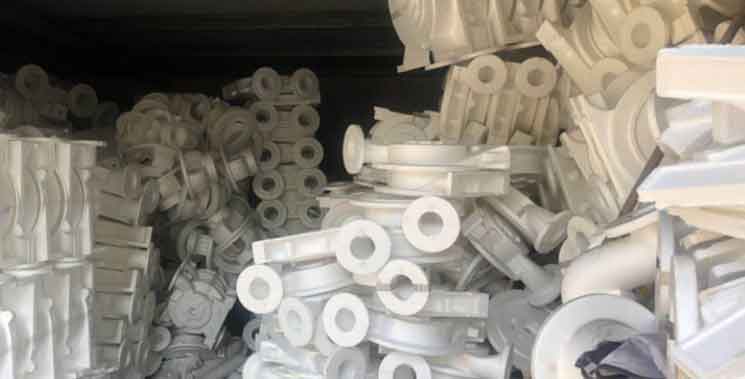
Mastering the art of lost foam casting requires attention to detail, precision, and adherence to best practices. Here are some tips and tricks to enhance your success in the lost foam casting process:
- Pattern Design and Construction:
- Ensure the foam patterns are accurately designed and constructed to match the desired shape and intricacies of the final casting.
- Use high-quality foam materials with appropriate density and strength to withstand handling and the casting process.
- Pattern Coating:
- Achieve consistent and uniform coating thickness on the foam patterns to ensure accurate replication in the final casting.
- Pay attention to the coating material composition and viscosity to achieve the desired coating thickness and smoothness.
- Pattern Assembly and Venting:
- Properly assemble the foam patterns into a pattern cluster, ensuring secure connections and minimal gaps.
- Incorporate venting channels strategically to allow for the escape of gases during casting, minimizing the risk of defects.
- Pouring System Design:
- Design an efficient and well-balanced pouring system to facilitate smooth metal flow and minimize turbulence.
- Optimize the gating system to ensure even filling of the mold and prevent issues like misruns or cold shuts.
- Process Control and Monitoring:
- Implement strict process control measures to ensure consistency and repeatability in each casting cycle.
- Monitor key process parameters, such as metal temperature, pouring rate, mold temperature, and solidification time, to achieve optimal results.
- Quality Assurance and Inspection:
- Establish rigorous quality control procedures to verify the integrity and quality of each casting.
- Conduct thorough inspections, including dimensional checks and non-destructive testing, to identify any defects or imperfections.
- Post-Casting Handling and Finishing:
- Handle the castings with care during shakeout and post-casting processes to avoid damage or distortion.
- Implement appropriate finishing techniques, such as grinding, sanding, or machining, to achieve the desired surface finish and dimensional accuracy.
- Continuous Learning and Improvement:
- Continuously evaluate the casting process and analyze any issues or challenges encountered.
- Seek opportunities for process optimization and improvement through experimentation and knowledge-sharing within your team or industry peers.
- Training and Skill Development:
- Invest in training and skill development for your team members involved in the lost foam casting process.
- Ensure that each team member understands their role and responsibilities and is equipped with the necessary knowledge and skills to perform their tasks effectively.
Remember, mastering lost foam casting takes time and experience. Through careful attention to detail, continuous improvement, and a commitment to quality, you can enhance your proficiency in the lost foam casting process and achieve successful results.
